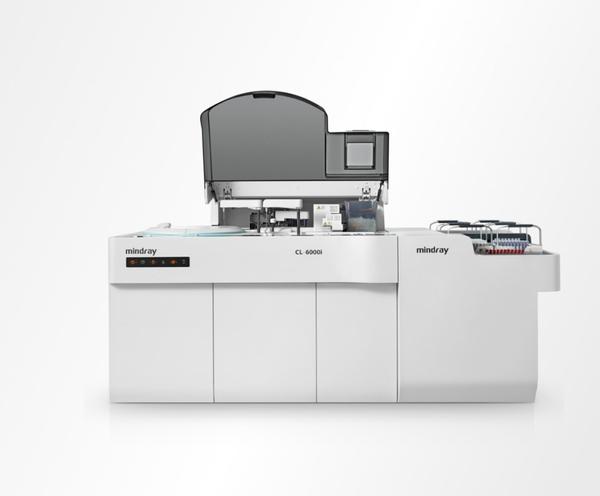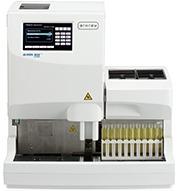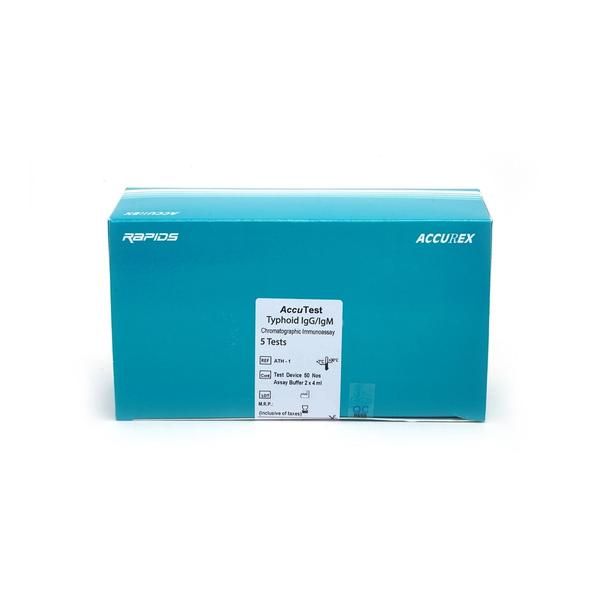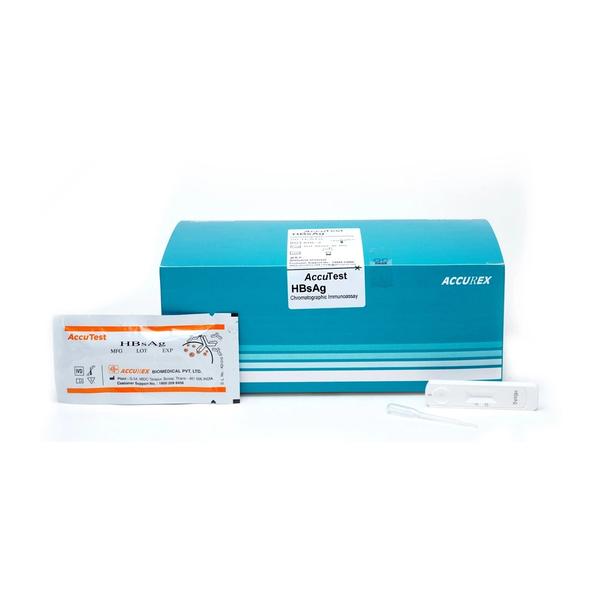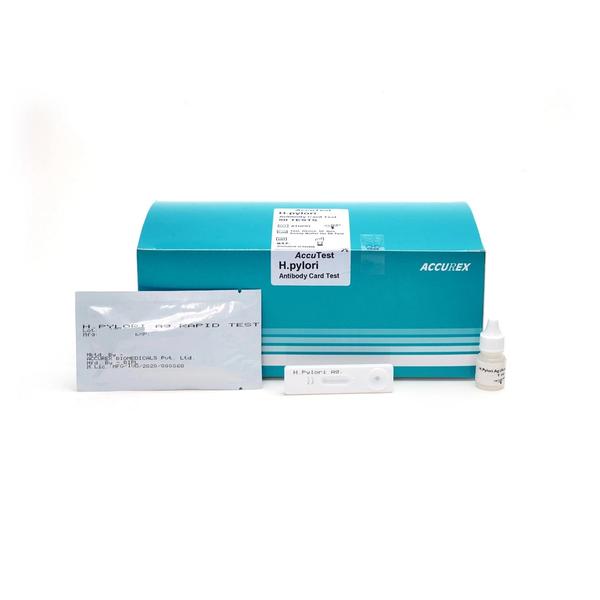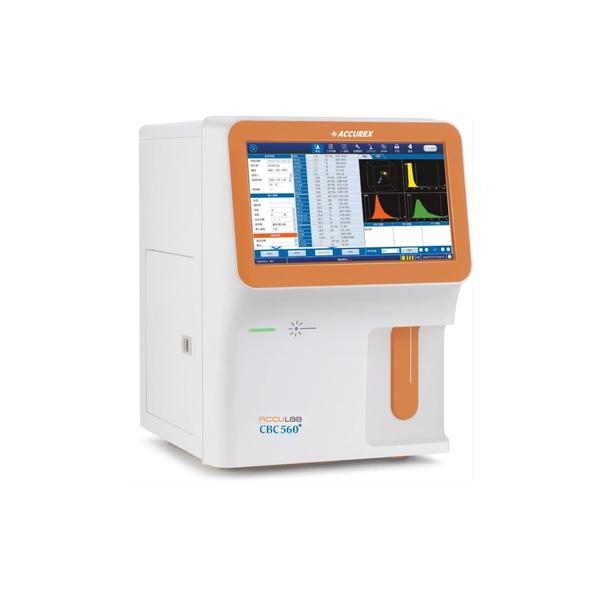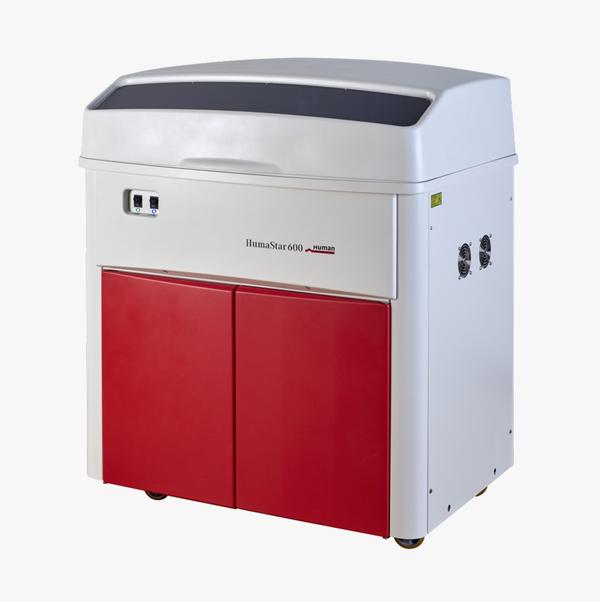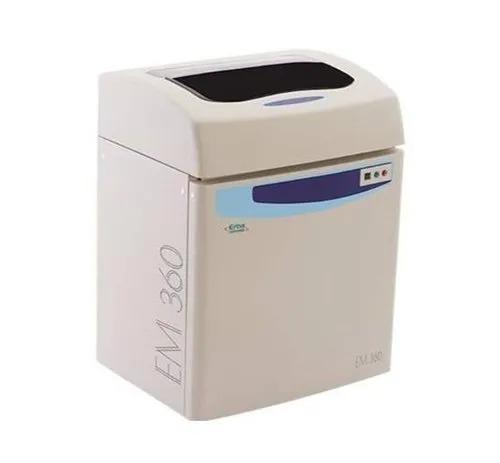Clinical Chemistry
EM 360 is a Fully Automated Clinical Chemistry Analyser which is time tested and proven technology. It is designed to provide the most demanding productivity, speed and operational ease.
EM 360 with a throughput of 360 tests/hour offers flexibility in operation and rugged performance to win against high workload, tight deadlines, multiple tasks and complexity of testing. It yields high quality results for virtually any biochemistry test to deliver quick, efficient and consistent performance.
Product Features:
Automated, Discrete, Patient prioritized, Floor model
Based on proven technology, Diffraction Grating
Separate probes for Reagent R1 & R2 and dedicated probe for sample
Low reading volume of 200 µl only
Onboard cooling for reagents to enhance the reagent stability
Barcode for reagents & samples (Optional)
Wide test menu
Product Applications:
End Point Reactions: Glucose, Cholesterol, Triglycerides, Albumin, Total Protein, Uric Acid, Calcium, Magnesium, Bilirubin Total, Bilirubin Direct
Kinetic Reactions: SGOT, SGPT, GGT, LDH, CK, CK MB, ALP, ACP, Amylase, Lipase
Two Point Rate Reactions: Urea, Creatinine
Immunoturbidimetric Chemistries: RA, CRP, ASO, Direct HDL, Direct LDL, Apo A, ApoB, Lp (a)
Special Chemistries: HbA1c, Iron, Ferritin, Phosphorus, Microprotein, Ammonia, Bicarbonates
System Type:
Discrete, automated, random access, patient prioritized clinical chemistry analyzer
Throughput:
360 tests / hour photometric and
600 tests / hour with ISE*
(*optional ISE with Na+, K+, Cl-, Li+)
Analytical Methods:
1-Point, 2-Point, Rate-A, Rate-B,
Direct Potentiometry (optional)
Barcode Reader:
For reagents and samples (optional)
Reaction Tray:
60 hard glass cuvettes
Reaction Mixing:
Stirrer with variable speed
Minimum reaction Volume:
150 μl with maximum 200 μl reading volume
On-board Laundry:
5 stage cleaning, 2 stage drying
Photometer:
Multi-wavelength diffraction grating with
12 wavelengths (340, 376, 415, 450, 480,
505, 546, 570, 600, 660, 700, 750 nm)
OD Range:
0.0 - 3.0
Light Source:
Halogen lamp
Detector:
Silicon photo-diode
Water Consumption:
< 10 litres
Programmable Parameters:
Default system pack parameters
+ upto 99 user defined parameters, Unlimited profile and unlimited calculation items
Quality Control:
QC plot data with QC rules.
Provision for lab mean. Twin plot
Calibration:
K-Factor, Linear (1, 2 point & multipoint),
4P and 5P Logit-log, cubic spline, exponential, polynomial,
On-board serial dilution for calibrator
Power Requirement:
AC 220 V ± 10 %, 50 Hz or
AC 110 V ± 10 %, 60 Hz
Power Consumption:
800 VA
Dimension (mm):
Approx. 675 (W) x 840 (D) x 1120 (H)
Weight:
Approx. 150 kgs.
SAMPLE HANDLING
Sample:
Serum, Plasma, Urine, CSF, Whole blood, other
Sample Unit:
82 positions for samples, blank , controls, calibrators, STAT sample
Sample Pipetting:
2 - 70 µl (adjustable in 0.1 µl step) for Biochemistry, 70 µl fixed for ISE Capacitance probe with liquid level sensing & vertical obstruction detection,
serum indices
Auto Rerun:
Repeat with same, increased or decreased volume ( upto 1:150)
Sample Tubes /Cups:
Primary tubes of 5 ml, 7 ml, 10 ml and sample cups
REAGENT HANDLING
Reagent Tray:
50 positions for reagents with onboard cooling
Reagent Pipetting:
R1: 50 - 300 µl (adjustable in 1 µl step)
R2: 10 - 200 µl (adjustable in 1 µl step)
Capacitance probe with level sensing & vertical obstruction detection
SYSTEM INTERFACE:
Analyzer-PC: USB
PC - Host Computer: Bidirectional
TCP / IP & RS - 232
PC - Printer: USB
Operating System: Windows Based
Database: Unlimited Results
Send Message
